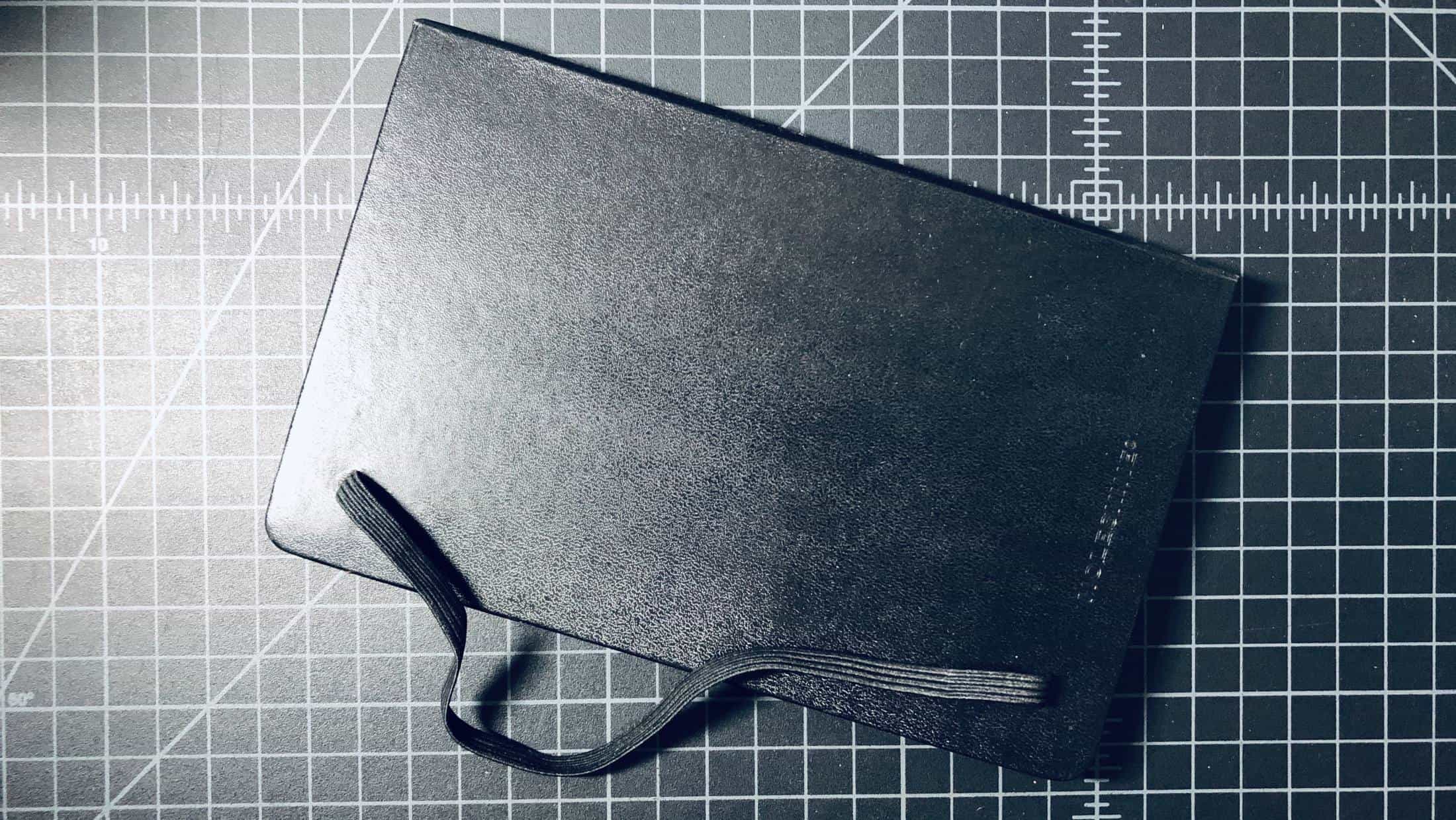You’ve almost certainly heard of Moleskine notebooks, and you probably have owned at least a few of them, but have you spent any time learning about the company behind this iconic paper product?
History of Moleskine
The following is based on Moleskine’s own company history, which is included with each of the notebooks they sell.
Prior to being a company, a moleskine was a type of notebook. This was the notebook favored by the likes of Pablo Picasso, Ernest Hemingway, and Vincent Van Gogh. This notebook style was characterized by rounded corners, a leather cover, some sort of closure, a ribbon to keep one’s page, and usually an expandable pocket on the inside of the rear cover. These were a French product, made in Paris, but with no brand closely associated with them.
By the 1980s these types of notebooks, as well as the local paperie and bookbinder, had largely started to disappear. In 1987, when visiting Tours in southern France, Bruce Chatwin says he visited the local paperie and purchased all of their notebooks as well any those at other stores but the supply was still not sufficient. One shop owner told him, “Le vrai moleskine n’est plus,” or “The true moleskine no longer exists.”
Then, in 1997, the Moleskine company was founded in Milan by Francesco Franceschi, based upon the idea of Maria Sebregondi, who is a co-founder of the company. It was then known as Modo & Modo and soon trademarked the Moleskine brand (not having had invented the original does not prevent the creating of a trademark). The initial run was just 5,000 notebooks and used synthetic leather, unlike the original French moleskines.
In January 2007 Moleskine Srl was listed on the Italian Stock Exchange after an investment from French investment firm Société Générale, but it was then taken private by the Belgian investment firm D’Ieteren in September 2016.
Moleskine Product Line
Moleskine makes a number of products. The most popular is their Classic notebook, which is the black leather-looking journal that we’ve all run into so many times, at so many airports and in so many conference gift bags. The Classic comes in a huge variety of sizes and options, so it’s best to visit that page and learn more about it.
What else does Moleskine make?
Moleskine Notebooks
We’ve largely used the terms “journal” and “notebook” interchangeably but the company differentiates between the two. Moleskine seems to differentiate between a notebook being a hardcover product and a journal being a softcover one.
- Classic Notebook
- Limited Edition Notebooks – These had special covers and inner materials, but are essentially the same as the Classic
- Special Notebooks – These are specialty products, like a travel journal, wellness journal, and city-specific notebooks that are best served for specific use-cases
- Pro Notebooks – Large-format notebooks aimed at office use
- Art Notebooks – This is a diverse line that contains sketch pads, watercolor pads, albums, and other art-friendly paper products
Moleskine Journals
In the Moleskine world, a journal is a softcover product that falls under the larger umbrella of “notebooks.” Popular journal products include the entry-level Cahier, and the nicer Volant. These products are available in a number of sizes, including the generous XXL which is an A4 (8.5 inch x 11 inch).
Address books fall under this category.
Moleskine Planners
These are highly structure, time-period based paper products. They are generally designed for planning out a day, week, or month, and can have durations of 12- or 18-months (there is no 5-year model, like the Hobonichi Techo). Planners are sold in limited editions, like the Star Wars Millennium Falcon 12-month planner, and because they use specific dates in them they are year specific. Unlike most of the Japanese journals, Moleskine year runs don’t tend to sell out.
Smart Notebooks
These are paper products that are designed to be easily and accurately digitized. The “Moleskine+” system uses a special $130 pen that tracking markings on the “smart” notebooks and then connects, via USB, with a computer for digitizing. Unlike simply drawing on a tablet or computer, the user still has the original paper notebook for safekeeping. The pen is not original Moleskine technology, but rather a partnership with Livescribe.
Writing Instruments
Moleskine has released a small number of writing tools, primarily pens that are designed for use with the company’s notebooks. The most popular of these are a series of square pens that can clip to the end of a notebook or planner, making for a secure fit and a nature extension of the book. These range in price from $5 to $20 and are sold in a retractable ballpoint and a capped rollerball. A small number of wooden pencils are available as well.
Moleskine has gotten attention for its pen refills, which have been relatively well received. These are sold as a Parker-style G2 ballpoint refill and a Pilot G2-sized rollerball.
Other
In the past few years Moleskine has expanded from being a paper brand to being a lifestyle brand and now sells backpacks, iPad cases, books, travel lights, and all manner of other assorted goods.
